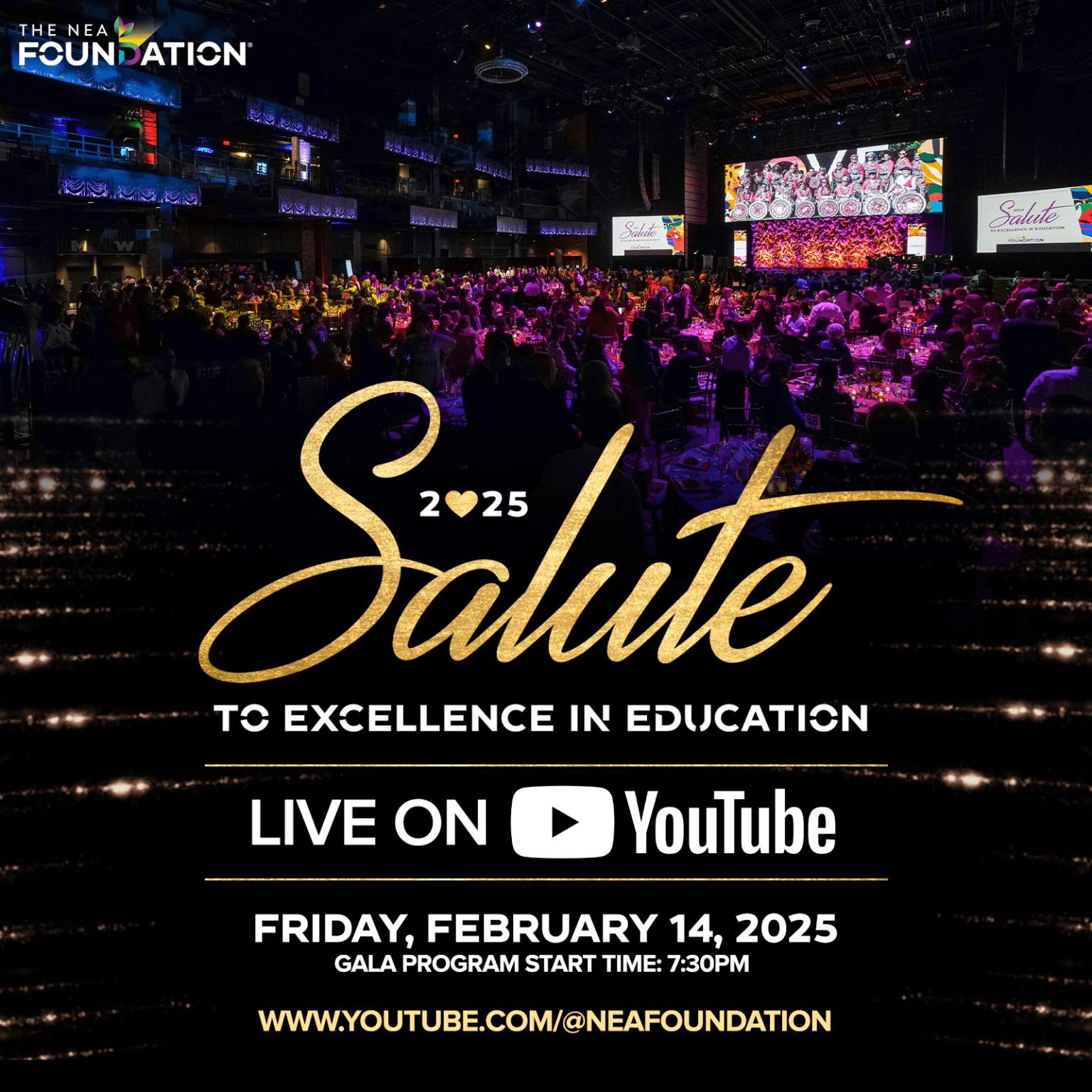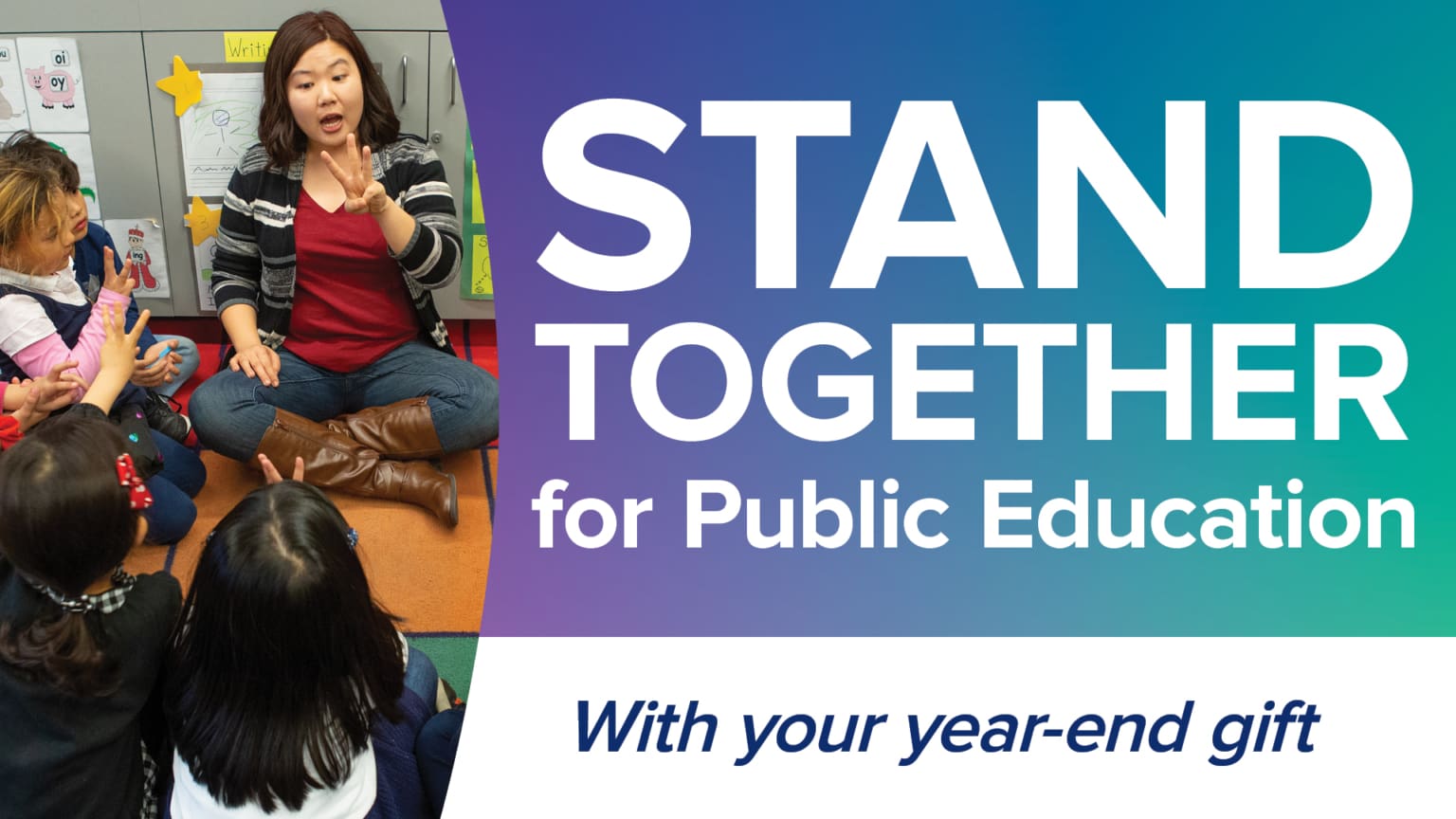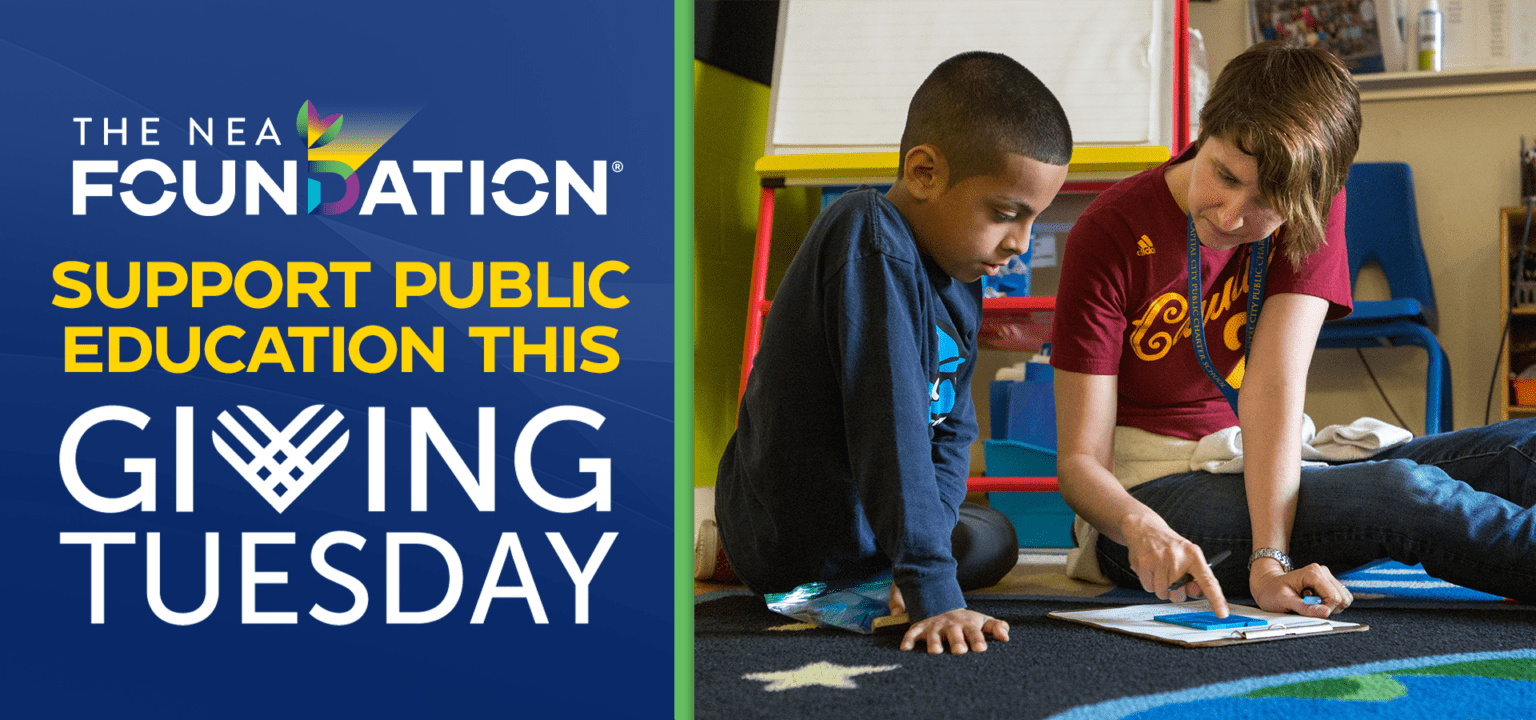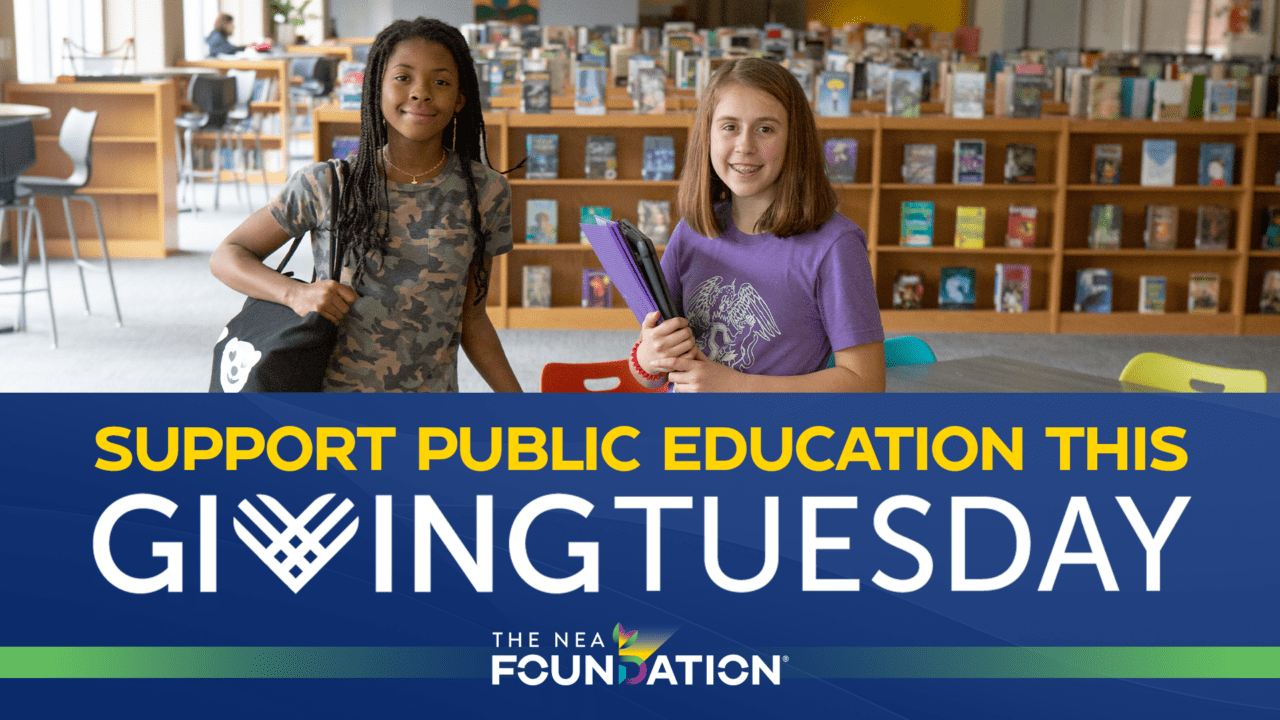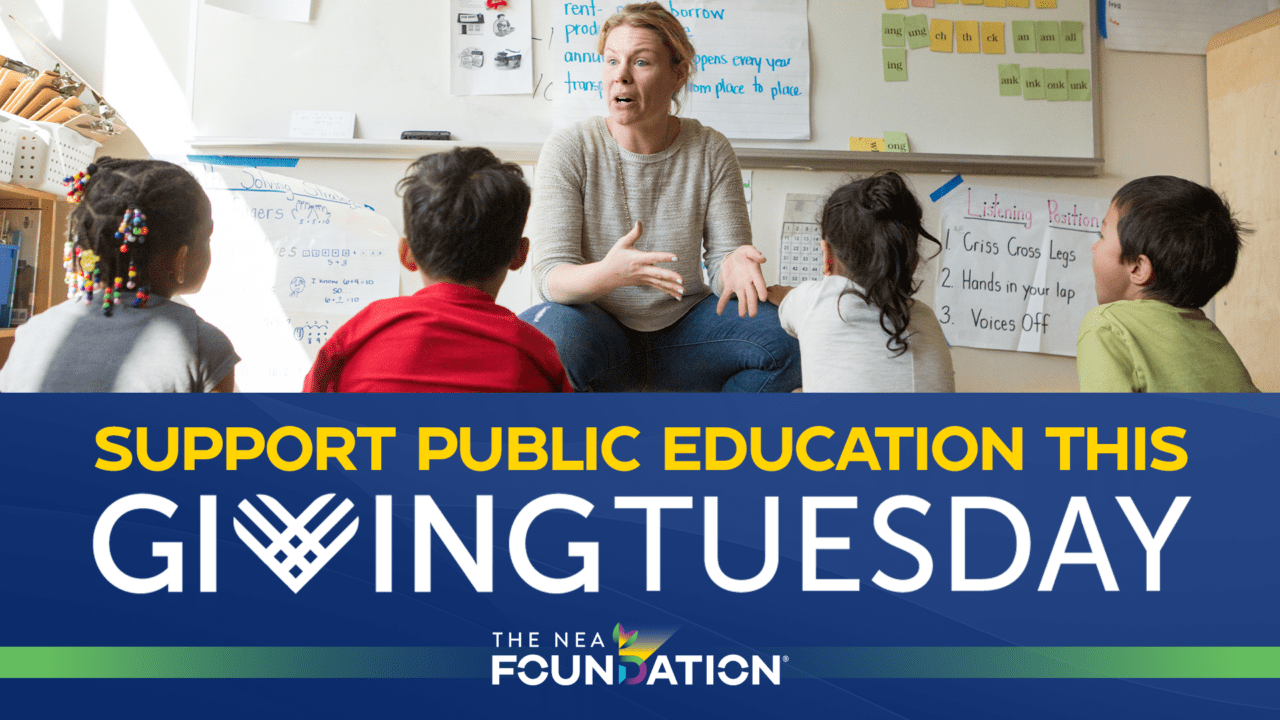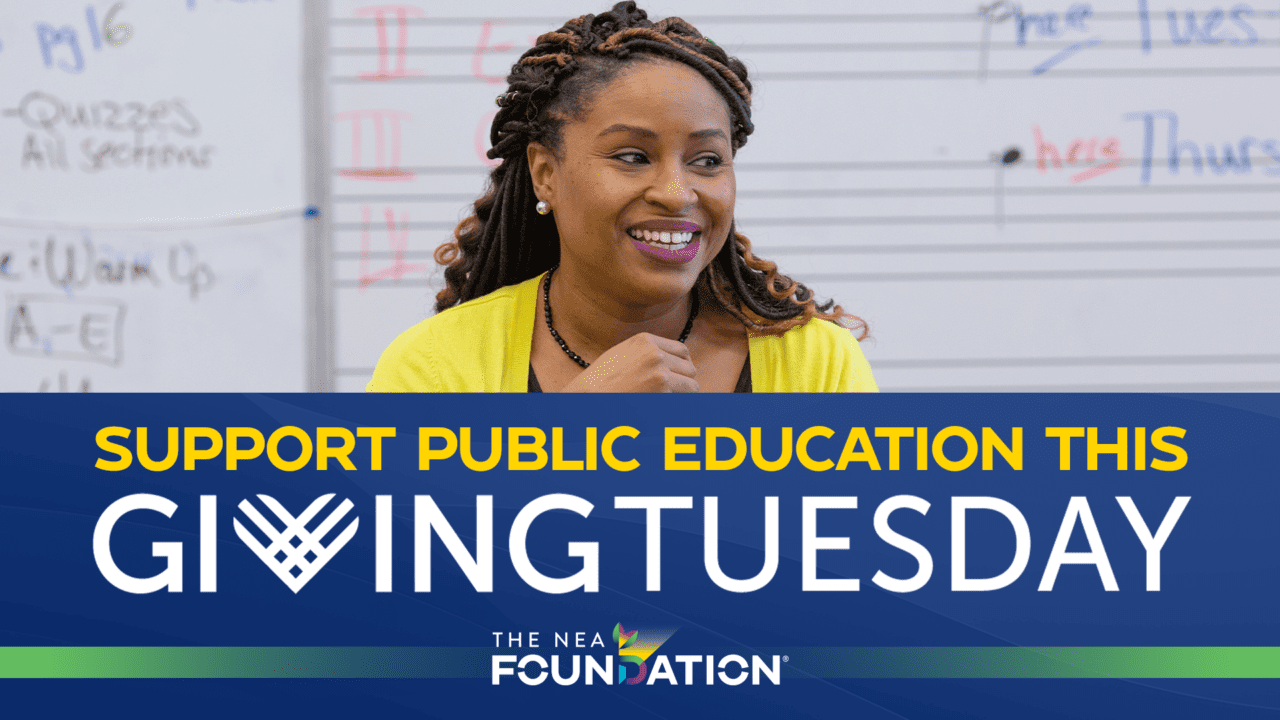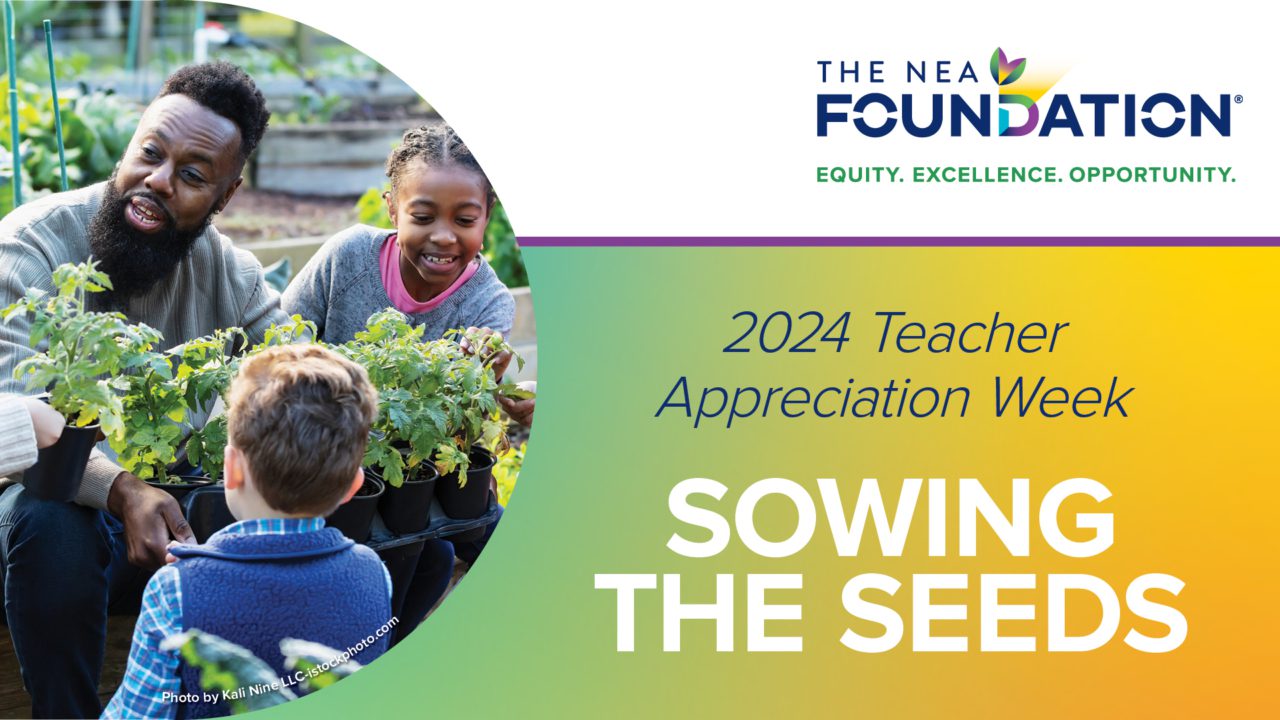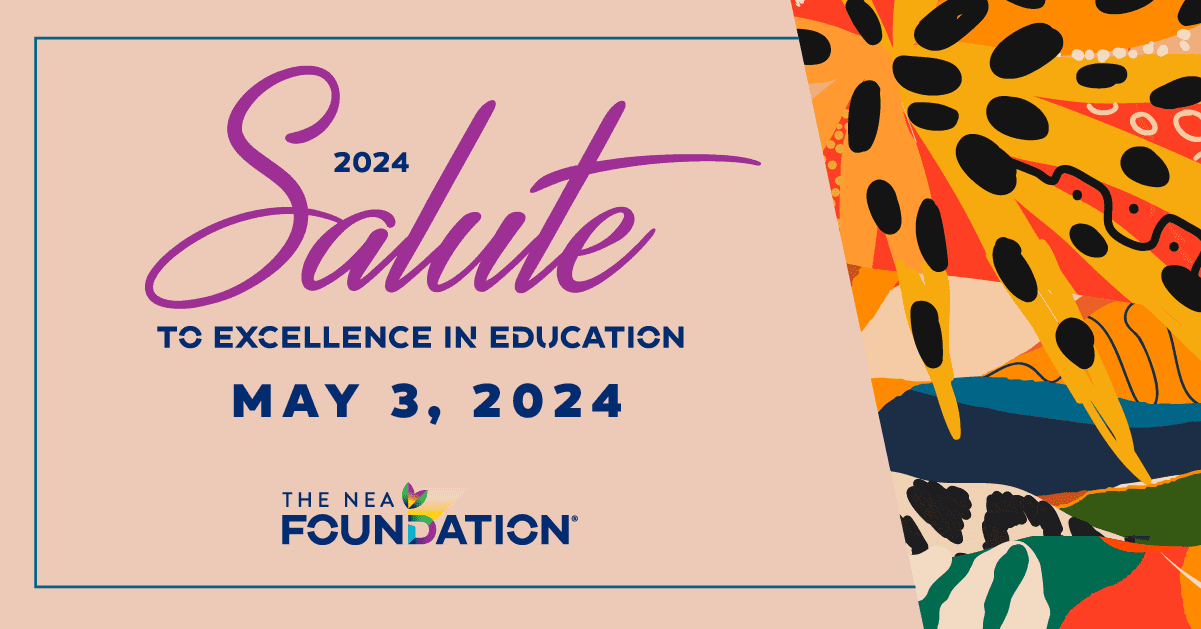Yong Joon Park is an associate professor and professional development school liaison at Indiana State University in Terre Haute, Ind. He recently received an NEA Foundation Learning & Leadership grant to share techniques for incorporating 3D printing into curriculum with a local elementary school. Here’s what he had to say about his project and its impact.
Tell us a little about your project.
As a faculty member, I partnered with Mrs. Spelman, a 3rd grade teacher at DeVaney Elementary School, which is a Title I school in Vigo County, Indiana. This semester, we organized workshops to present 3D printing activities to in-service teachers and introduce them to using the technology.
In addition, we’re using the 3D printers with 3rd, 4th and 5th graders in an afterschool program at Franklin Elementary School, another Title I school, every week. It is so fun to work with the students and to see their interest in understanding the 3D printer.
How does this project help your students?
This 3D project is helping the teacher candidates to understand the importance of partnership by working in groups, and by working with 3rd, 4th, and 5th graders and classroom teachers in the field.
For the elementary school students, the project helps them:
- Learn to design and produce hands-on math materials such as 3D shapes, number cubes, dice with different patterns, etc. depending on each group’s ideas
- Gain interpersonal skills by working with other students
- Understand a variety of 3-D shapes and the significance of measurement
Tell us a little about your project.
As a faculty member, I partnered with Mrs. Spelman, a 3rd grade teacher at DeVaney Elementary School, which is a Title I school in Vigo County, Indiana. This semester, we organized workshops to present 3D printing activities to in-service teachers and introduce them to using the technology.
In addition, we’re using the 3D printers with 3rd, 4th and 5th graders in an afterschool program at Franklin Elementary School, another Title I school, every week. It is so fun to work with the students and to see their interest in understanding the 3D printer.
What do your students say about the project?
Teacher candidates: “Although a 3D printer and its material such as filament are expensive, I can think about my own teaching tools made from the 3D printer. It is exciting!” “I am very looking forward to having it in my own classroom someday.”
3rd graders at Franklin Elementary School said, “I want to print out my own rainbow! I love this cool printer (pointing at the 3-D printer).”
4th graders said, “Wow! I can make it big or small! How big would it be if I click the button.” At that time, the 4th graders worked on designing the object on the 3-D printer platform.
5th graders said, “I love to print out a building or a bridge like yours (pointing at London Bridge printed out from the 3-D printer.”
What inspires you most about your work?
The participants in this project were so excited to use the 3D printer and to learn about how it works. Their enthusiasm inspired me to learn more the 3-D printer myself and share it for the initial workshops for them.
What is your passion – in or outside the classroom?
I love to learn more about any type of the new technology that can help students’ academic skills or motivate them to learn more about living in a technology-based society.
Thanks to this project, I can see myself become creative even with my teaching materials in class. For instance, instead of buying props for my class, I think about how to design and print them out using a 3D printer.
You can apply for an NEA Foundation grant of your very own! The application deadlines for Student Achievement and Learning & Leadership grants are February 1, June 1, and October 15. For help developing your proposal, be sure to check out our grant-writing tutorial.

